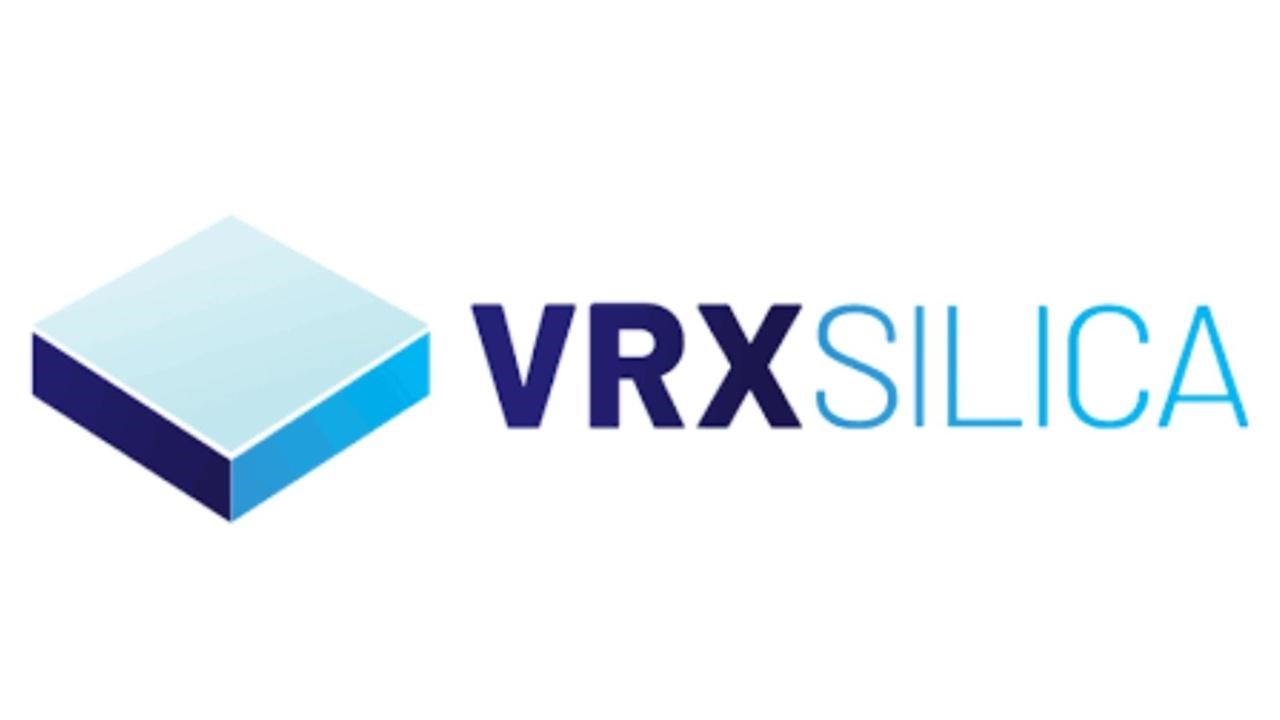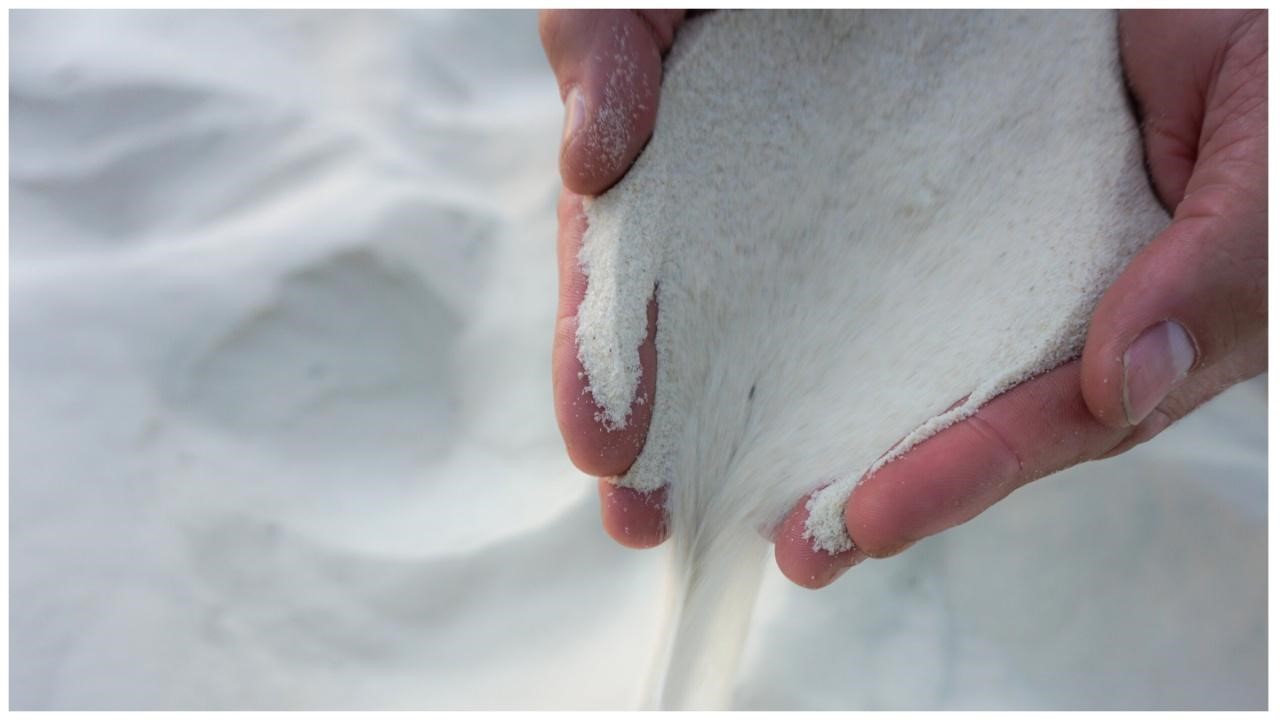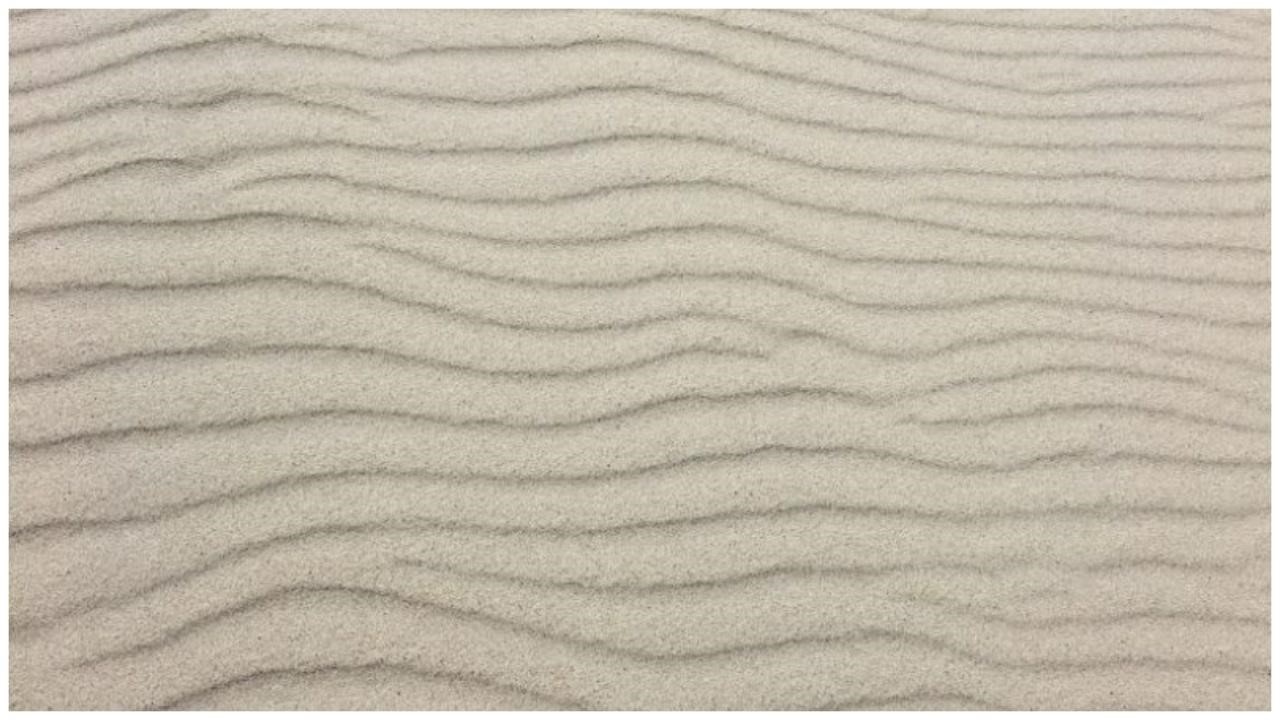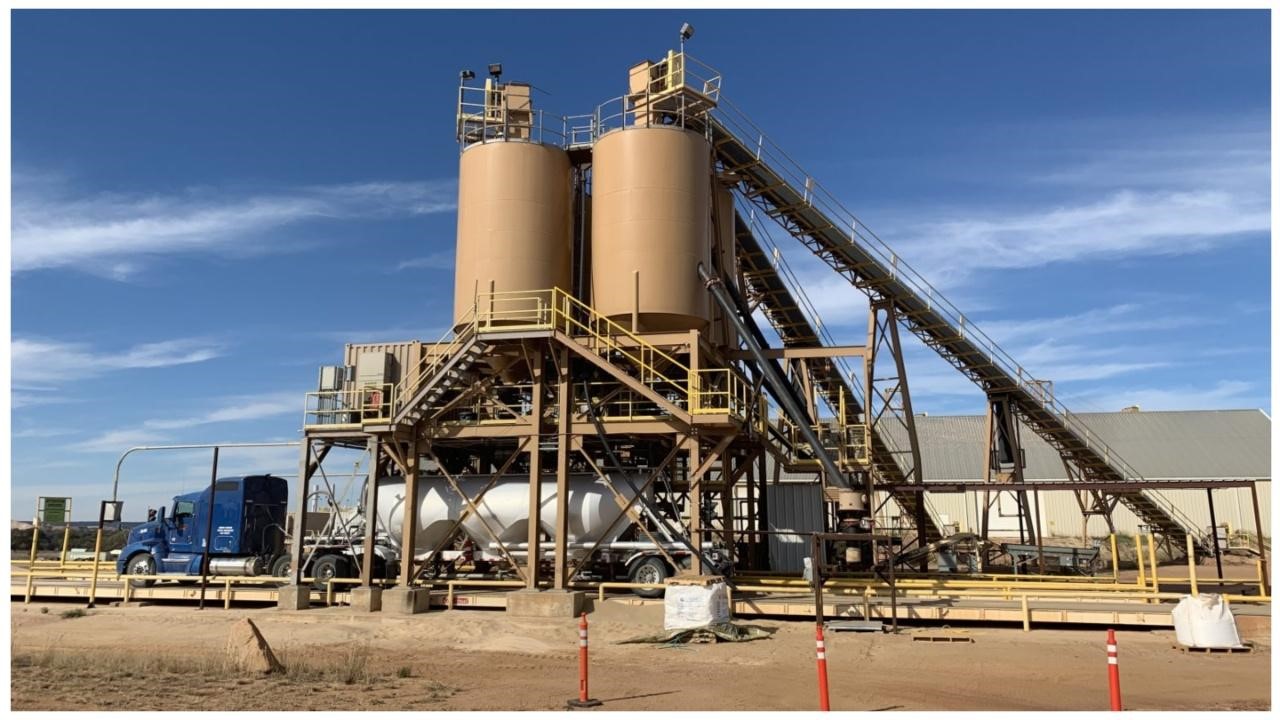
In their latest announcement dated January 8, VRX Silica Limited (ASX: VRX) offered industry stakeholders an insight into the preliminary results of the high-grade silica flour comminution test on products from the Muchea Silica Sand Project. The test was to assess the yield and quality of silica flour produced in Western Australia, which can potentially be used to manufacture LCD glass worldwide.
On 15 November 2023, VRX announced airfreighting a 1,000 kg sample of selected Muchea sand to a laboratory in Germany, where it was tested by specialists to determine whether the yield and quality of the raw material from the Muchea Silica Sand Project is up to global standards.
The test was carried out after a grant to VRX of $2 million in matched funding under the Investment Attraction Fund, which is part of a diversification initiative in Western Australia. IAF is a collaborative effort between the government, industry stakeholders, and community members who are supporting the state’s attempt to create quality jobs, attract new investment, and grow the economy.
The test targeted specific findings requested by VRX, who primarily wanted to know if their product conforms to the requirements of major LCD screen producers in Asia. It led to two critical outcomes - the necessary bond work index to reduce the size of Muchea sand particles so they can match the product specification, and the desired product yield. The BWI was determined at 23.7kW/t with a product yield of 44.1%.
Commenting on the test work, Managing Director Bruce Maluish said VRX is pleased with the results, which appear in tandem with the company’s expectations.
A pilot plant with advanced equipment is now underway so VRX’s existing product can be finetuned and supplied to end-users with the required specifications. Meanwhile, the company also aims to boost its product output. Once everything is ready, samples of the final product will be sent to major silica flour customers in Asia to confirm that they conform to their standards.
The overground fines and by-products will also be marketed in Asia, suggested Maluish. According to him, not only is VRX now aware that silica sand is suitable for producing high-grade silica flour for the rapidly expanding global LCD glass market, but they also know the parameters to properly assess the economic viability of this new industry in Western Australia. He also hinted at the company’s want to soon start a marketing program for potential end-users.
Moreover, VRX is considering other options for downstream processing. Their research and development effort, which started with the production of silica flour, is ultimately going to result in high-value downstream processing opportunities that are bound to maximize the value of VRX’s world-class silica sand.

silica sand mining
(Image source: Invest Jordan)
VRX Silica Limited (ASX: VRX) is the most progressive pure-play silica sand company on the Australian Stock Exchange. They are developing silica sand projects in Western Australia’s Tier 1 mining region, all of which they own 100%. Spread across Arrowsmith, Muchea, and Boyatup, the company has so far expanded its portfolio to include five projects.
Three projects, namely North Silica, Brand Silica, and Central Silica, are located in Arrowsmith, 270 km north of Perth. Two other projects, Muchea Silica Sand and Boyatup Silica Sand, are situated 50 km north of Perth and 100 km east of Esperance respectively.
All the projects stand to benefit from the region’s purposefully-designed transportation network with rail lines connecting ports in Geraldton and Kwinana to the mines in Arrowsmith and Muchea respectively. The port at Esperance however is connected to Boyatup by road.
Each of these projects aligns perfectly with the region’s Vegetation Direct Transfer method that places rehabilitation at the heart of all mining processes. Due to their awareness of environmentally sustainable practices, mined land is regularly restored to ensure the topsoil, vegetation, and microbiomes stay intact.
The Arrowsmith North Silica Sand Project is VRX’s most advanced undertaking and production at the site is scheduled to commence this year, subject to environmental clearance of course. Its final products will be exported to container glass and flat glass markets in Asia in addition to foundries. The Muchea Silica Sand Project, on the other hand, has been tested to produce ultra-clear glass that is well-suited for high-tech glass applications like solar panels. The Boyatup Silica Sand Project is also capable of producing high-grade sand for the glass market but it is still under development.
Regardless, VRX has completed reliable feasibility studies in Arrowsmith and Muchea that all project 25 years of economic prosperity with the potential to produce high-quality silica sand for at least 100 years. Their silica sand reserves, boasting a combined mineral resource of over 1 billion tonnes, have already been sanctioned mining leases with fixed tenure. The quality of this silica sand is graded between 99.6%-99.9% SiO2.

silica sand held in the palms
(Image source: Mettalica Minerals Limited)
Silica sand is the most commonly used commodity on the planet, if we don’t consider air and water. It is the key ingredient in all types of glassmaking, including high-tech glass, specialty solar panels, and foundry casting. Silica sand also plays a key role in global decarbonization efforts. It is of course a finite resource that is quickly running out with the Asia-Pacific region experiencing a serious shortfall in supply, which is why the value of silica sand keeps increasing.
Worldwide utlization of silica sand is presently around 50 billion tonnes per year. By 2050, the world’s population is speculated to reach 9.7 billion and urbanization will be at an all-time 68% high. This is what’s driving the demand for high-quality silica sand. In this context, Western Australia finds itself perfectly positioned on the world map to capitalize on the unique opportunity by supplying silica sand to meet its rising demand, especially across Asia-Pacific.
This region’s silica sand market is segmented by end-user industries and geographies. Industries requiring this high-value material include glass manufacturing, chemical production, epoxy fillers, paints and coatings, oil and gas, construction, ceramics, filtration, foundries, and refractories among others while the geographies where silica sand is in high demand include China, India, Japan, Thailand, Malaysia, Indonesia, Singapore, Vietnam, Philippines, and South Korea.

silica sand
(Image source: VRX Silica)
While silica sand is the main raw material in all glassware, only very pure silica sand can be used for certain processes. This is because its quality directly affects the transparency and durability of the finished product. For instance, vehicle windshields have a set standard for silica sand to ensure optimal visibility.
Silica sand is used to produce a variety of glass including flat glass, specialty glass, container glass, and fiberglass. High-quality silica sand however comprises about ¾ of the entire selection of raw materials used in glassmaking. The remaining ¼ comprises limestone, soda, clarifying agents, and a small portion of recycled glass.
Among the Asia-Pacific countries, China, India, and Japan contribute largely to glass production. For example, in recent years, glass and glassware have ranked as the 25th most exported products from China, valued at over $26 billion. In India, on the other hand, float glass has been in high demand, especially in the automotive and construction sectors. In Japan too, the demand for glass is at an all-time high as it is commonly used for packaging due to its infinitely reusable and recyclable nature, which makes it a far more sustainable alternative to plastic.

silica sand production unit
(Image source: PFS Aggregates)
The COVID-19 pandemic negatively impacted several industries with the lockdown disrupting mining operations, freight transportation, and construction activities in different countries. This affected the supply chain in almost every end-user industry until the situation started to improve in 2021, finally restoring the market’s growth trajectory.
Despite a growing demand for silica sand from glass production and foundry industries in Asia-Pacific causing its price to rise, the availability of substitutes and illegal mining are likely the reasons restraining the market’s immediate growth. Nonetheless, as sand-based applications in biotechnology and dentistry continue to evolve, the market will witness many lucrative opportunities in the future.
The silica sand market in Asia-Pacific is projected to reach 136.85 million tons by the end of 2024 and is estimated to reach 186.5 million tons over the next five years, indicating a CAGR of 6.39% during this period.
Disclaimer - Skrill Network is designed solely for educational and informational use. The content on this website should not be considered as investment advice or a directive. Before making any investment choices, it is crucial to carry out your own research, taking into account your individual investment objectives and personal situation. If you're considering investment decisions influenced by the information on this website, you should either seek independent financial counsel from a qualified expert or independently verify and research the information.
Tags:
RECENT POSTS
TAGS
Subscribe to the Skrill Network Newsletter today and stay informed
Recommended Articles